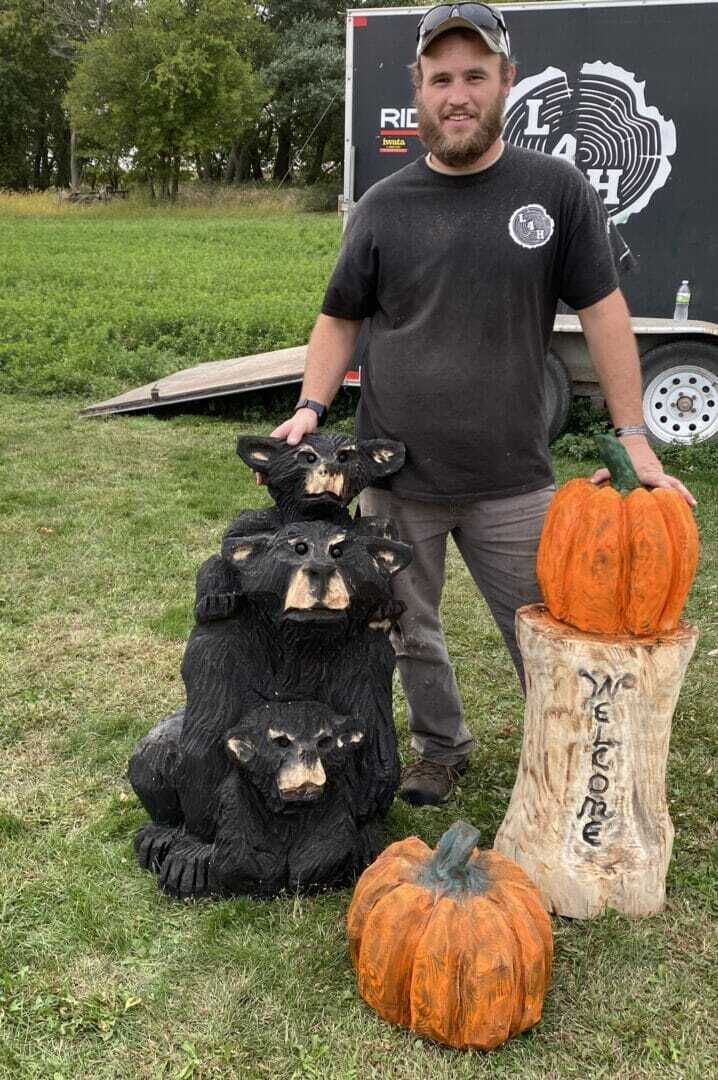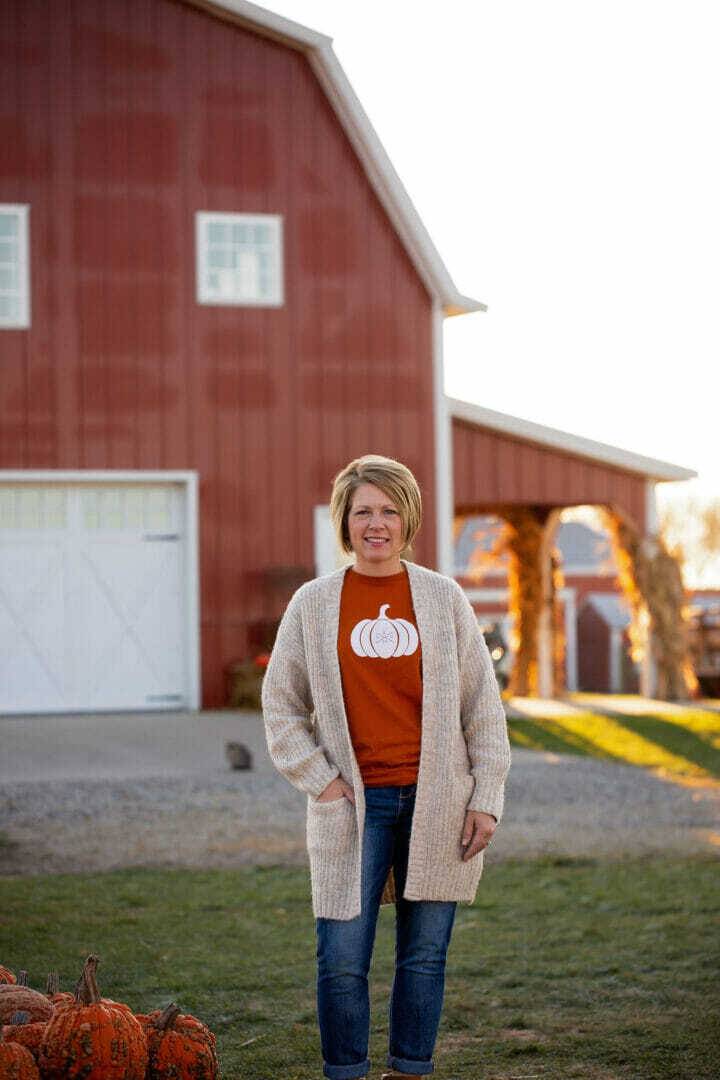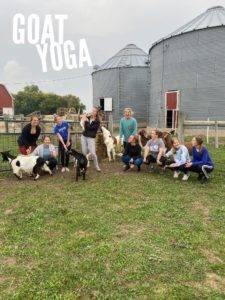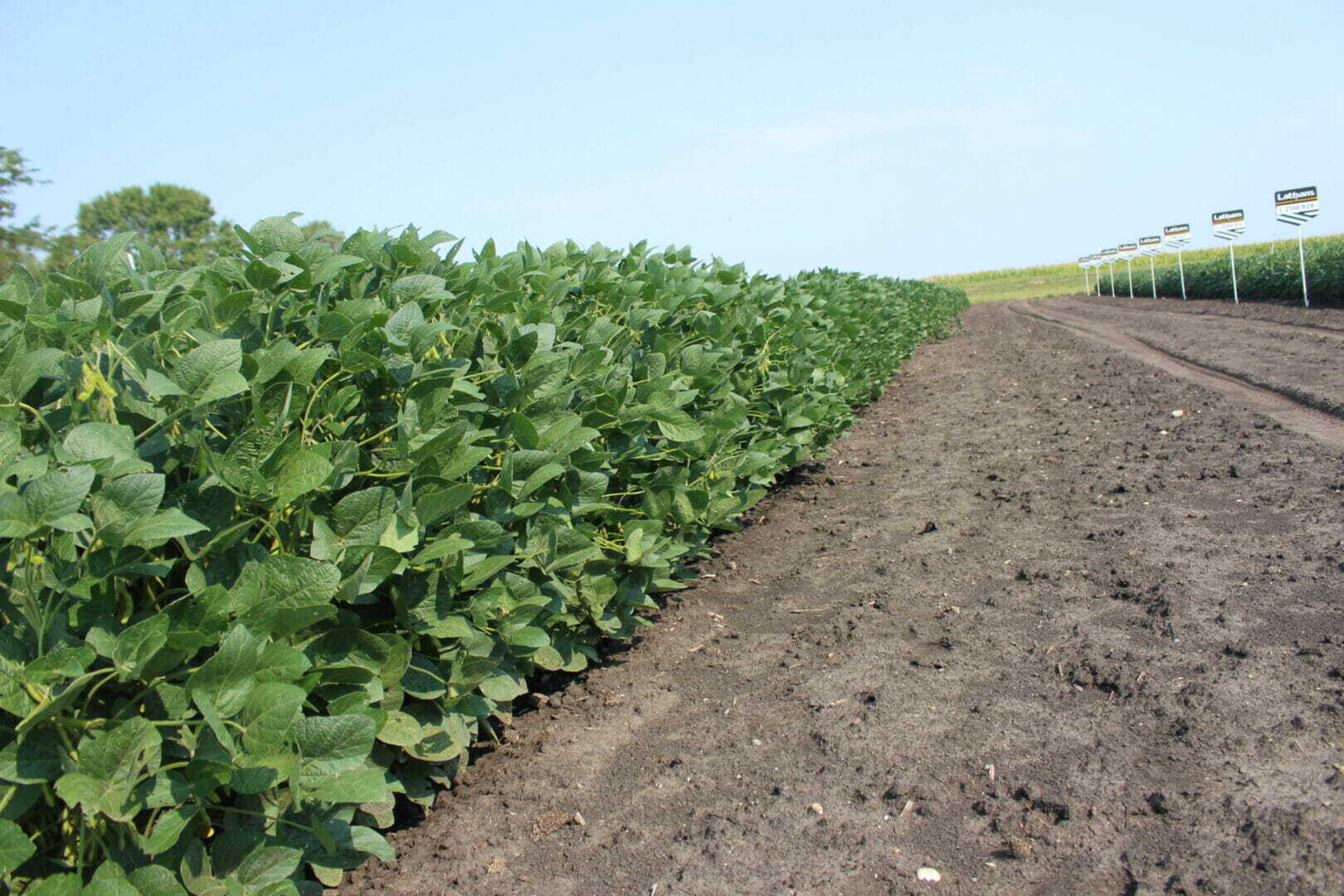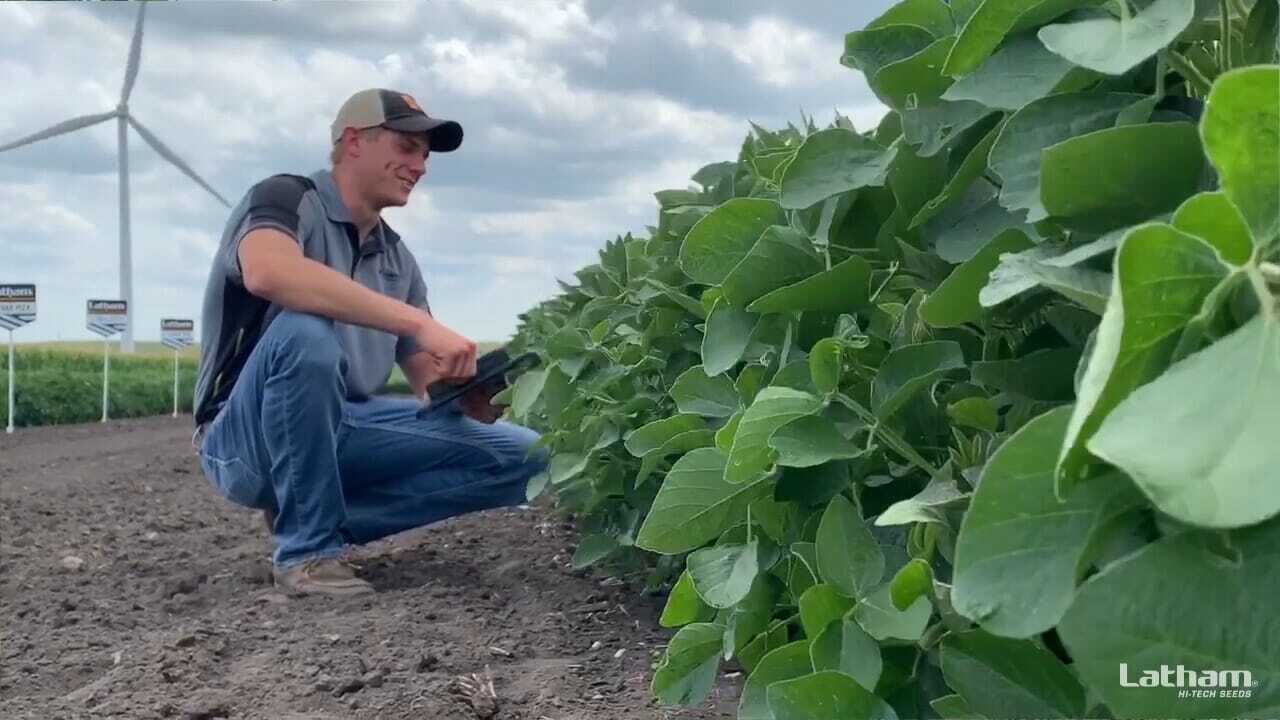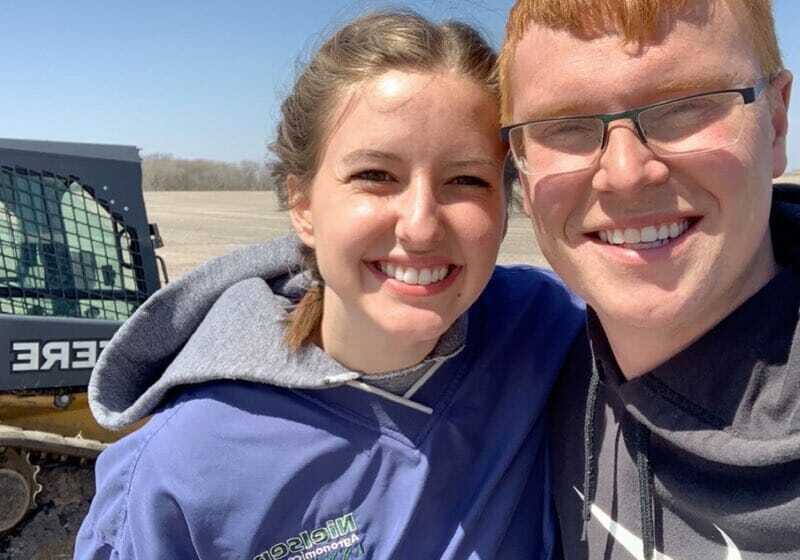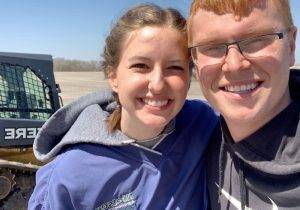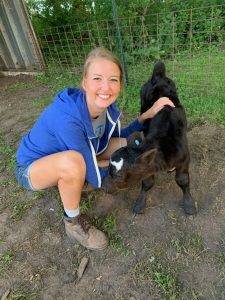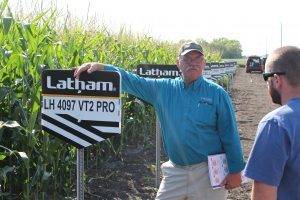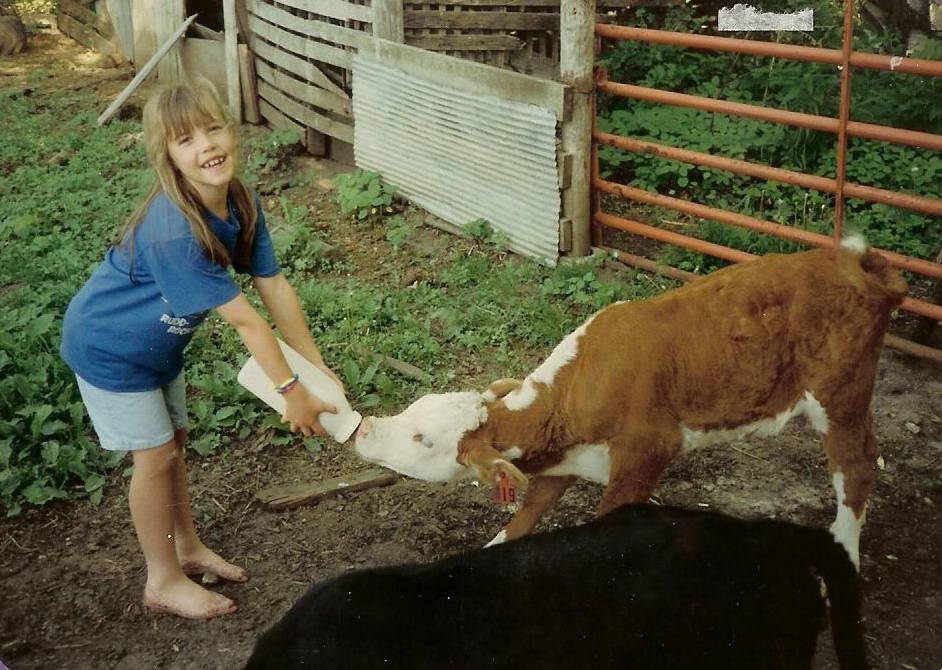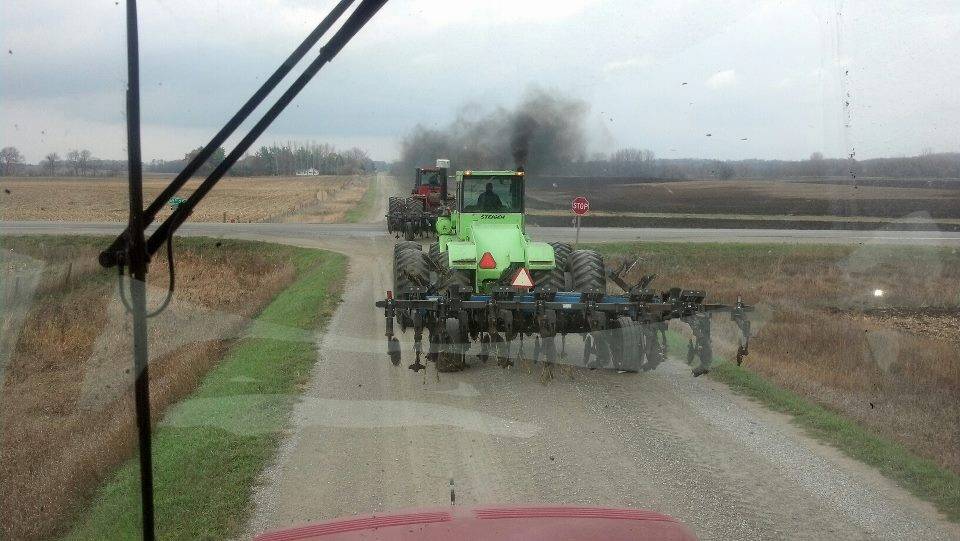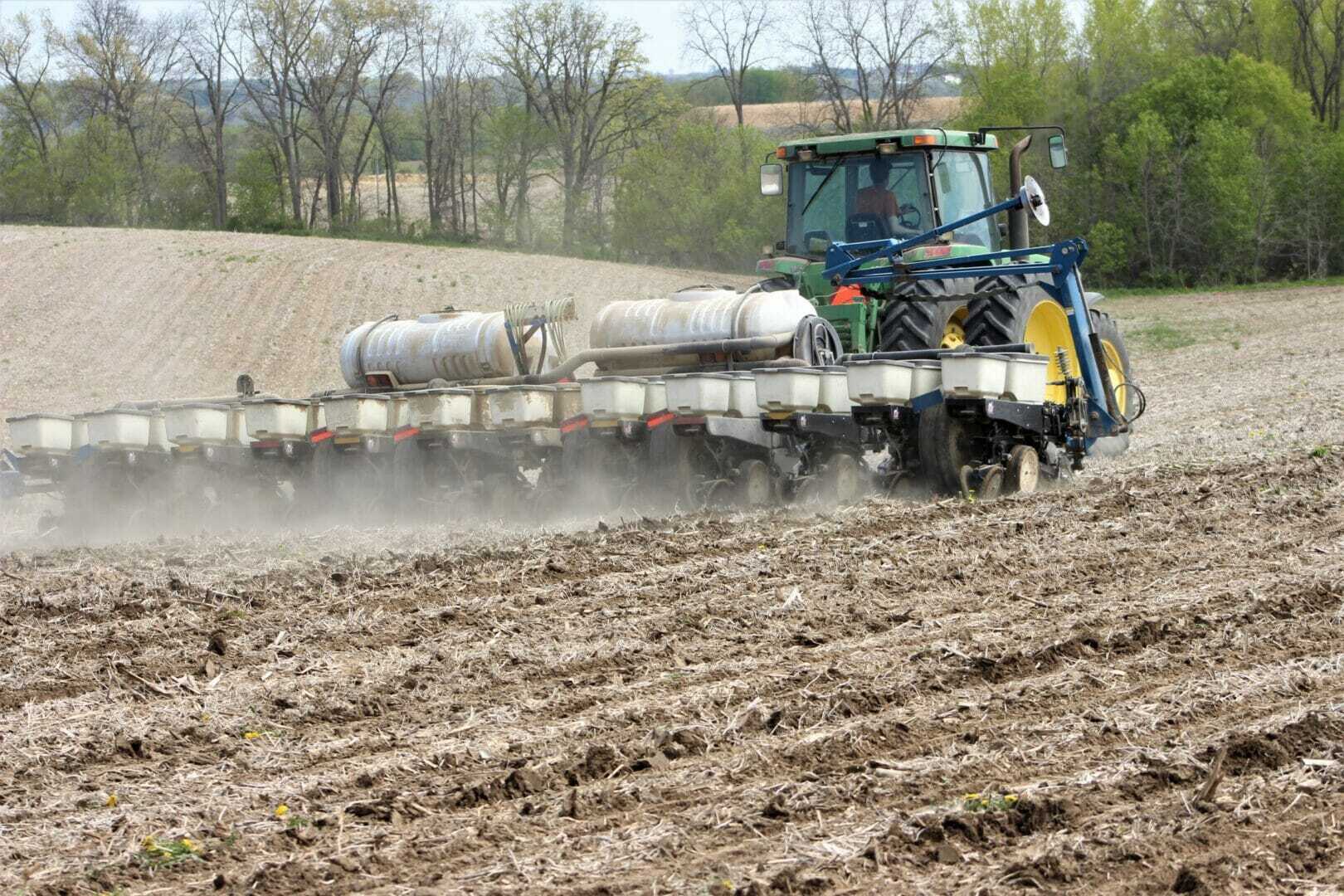 Imagine what it would feel like to go from being a fit, active duty soldier in Iraq to becoming bed ridden and spending three years in a hospital. Anthony Martin, retired Army, had lost all hope as he lay broken in a Washington state hospital bed from August 2011 through October 2014.
Imagine what it would feel like to go from being a fit, active duty soldier in Iraq to becoming bed ridden and spending three years in a hospital. Anthony Martin, retired Army, had lost all hope as he lay broken in a Washington state hospital bed from August 2011 through October 2014.
“My experience in a military hospital was not a highlight in my life. A military medical facility is a training center, so I endured many experimental procedures. During my first year there, I had surgery on my back. A year later, I had surgery on my left hip. I spent a year getting PTSD (post-traumatic stress disorder) treatment. I didn’t even know I had PTSD until one day I attempted suicide. What I did sent a message through the whole joint base Lewis-McChord. After two weeks in the hospital, I woke up when I heard a Major calling out my name. I was shocked to hear I had attempted suicide because I was an NCO (non-commission officer) for suicide awareness and was educated on the signs.”
Martin was in despair.
“My medical team told me my morale was down and said I needed to find something that would put some drive back into me. I laughed at that comment because not much was motivating me,” said Martin, who was confined to a wheelchair at the time.
As time went on, Martin was able to take weekend trips outside the hospital. He spent countless hours watching a chainsaw carver work outside the post exchange, which is like a supply store for those who serve in the military.
“I would watch a young man carve for hours. I was so fascinated by what he was doing with a saw that I missed our bus back to my barracks,” explains Martin. “Because I was considered high risk due to my suicide attempt and my medical health, I got in trouble many times for missing the bus. My CO 1st Sergeant would ask me what my excuse was. I would always reply, ‘chainsaw carving.’ Every time I got called to the commander’s office, it was the same story. The chain of command lost respect for me as an NCO due to my lack of motivation in my health treatment.”
Martin continues, “After being called to the commander’s office one day, I went back to my room and looked out the window. I started thinking about how the chainsaw carver took a log and turned it into an eagle. Three hours later, I heard a knock on my door. When I answered the door, there stood pretty much my whole chain of command. They came in, and my commander handed me an electric chainsaw. Those four people changed my life. They pushed me and encouraged me.”
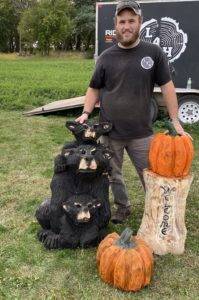 In one month, Martin went from being in a wheelchair while carving to standing on his feet to carve.
In one month, Martin went from being in a wheelchair while carving to standing on his feet to carve.
“I found out I could channel the thoughts that haunt my dreams with carving,” says Martin. “You see, carving is a thought process. You must know not to cut too deep, and you must think six steps ahead of your first cut. This helps with my PTSD because it channels my anxiety and it’s therapeutic.”
Logs4Heroes
When Martin got out of the Army in October 2014, his future was uncertain. The Military Warrior Support Foundation of Texas donated a house in Ankeny, Iowa, to him, so he moved to his home state.
“You pretty much know how the story goes: first the house, then the dog. I had a house and a dog, but I didn’t have a way to channel the demons I was dealing with. I couldn’t go to a chainsaw place to get carving equipment because there isn’t one in Iowa. Fortunately, one day my little brother called to ask if I would help him with a project. He was in a fraternity, and he asked if I could build a table for them. I made a log cedar table that was 16 feet long by 5.5 feet wide with a base that weaved in the center. It took me eight months to make. My neighbors would stop by pretty much daily to see the progress. I posted a picture on Facebook and boom! I was hammered by many friends and family wanting either a log bed or a log table. That’s when I got the idea to start Logs4Heroes.”
While the business idea had formed, Martin still needed to secure the necessary equipment and supplies. A trip to the 2015 Iowa State Fair provided him with the connections he needed.
“My wife and I were at the state fair when I heard a chainsaw running in the distance. I left our group to hunt down the chainsaw. I found a guy sitting on a tailgate, so I walked up and introduced myself. I told him that I had been carving for a few years in Washington state but needed help getting started in Iowa. It turns out the guy was Andy Klindt, a very well-known carver in Iowa. He spent a few days teaching me some techniques and put me in contact with suppliers. He told me I have the gift to carve, but I just need to make it my own.”
Today Martin is making his mark by carving sculptures that honor first responders, law enforcement, fire/rescue and their family members. People donate logs for his carvings. If the logs are turned into a memorial, such as the soldier’s cross, Martin gives a history of that tree to the family who receives the carving. In return, the Gold Star Family provides a handwritten letter telling the log donor about their loved one. Then Martin presents the log donor with that letter and a shadow box, including pictures and information about who the tree honored.
“I have honored 40 first responders, fire fighters, law enforcement and military. My goal is to honor every Iowa soldier who was KIA (killed in action) in the War on Terrorism by providing their family with a soldier’s cross. There are 98 confirmed KIA for Iowa.”
Some seasonal and commissioned carvings are sold to cover the cost of the battle crosses that Logs4Heroes gives to families of the fallen. Martin also invites Gold Star Families and battle buddies of the fallen whenever a battle cross is presented.
“We want to get everyone out of their homes and into society,” says Martin of his mission for Logs4Heroes. “They’re hurting. We are hurting. Together we can heal.”
Martin and his wife, Autumn, live with their three young daughters in Meservey, Iowa. Today they’re sharing with us one of their family’s favorite recipes.
To learn more about Logs4Heroes or to inquire about a chainsaw carving, you can reach Anthony Martin via Logs4Heroes on Facebook. He also will be doing live carving demonstrations on Sunday, October 25, at Enchanted Acres pumpkin patch, 1071 250th Street, Sheffield, Iowa. Admission is free, so plan a visit to Enchanted Acres to meet Anthony! You can learn more about Enchanted Acres by visiting its website or following it on Facebook.
